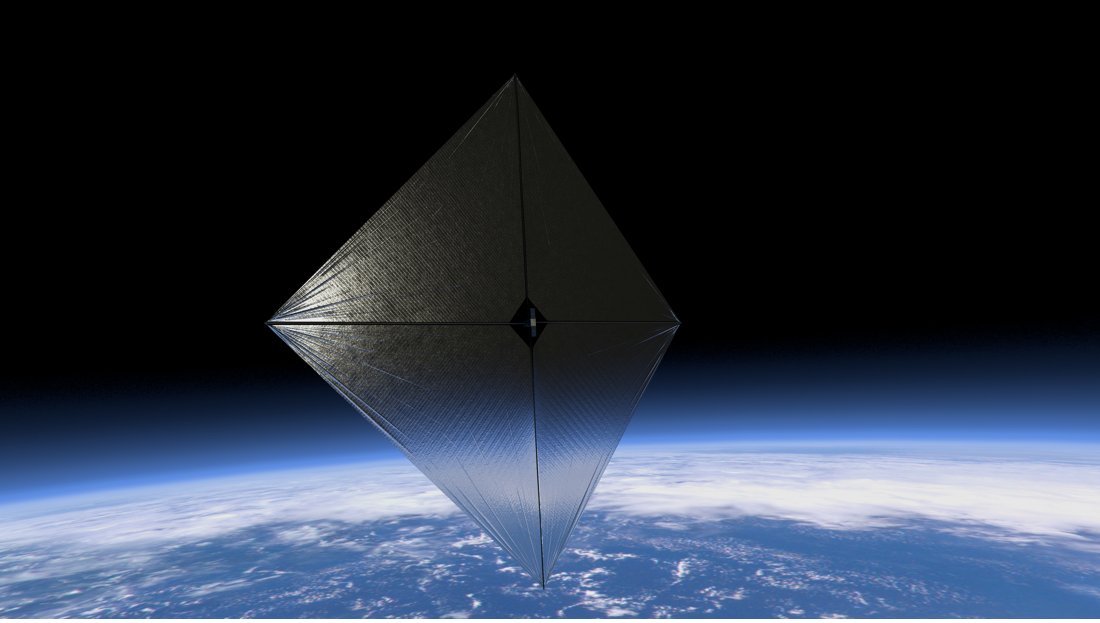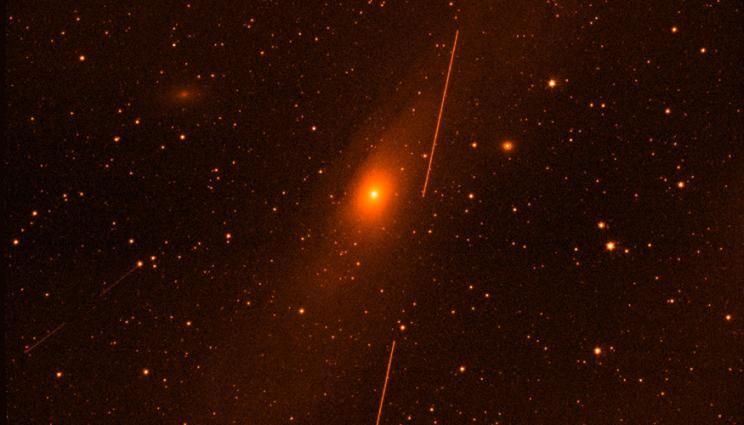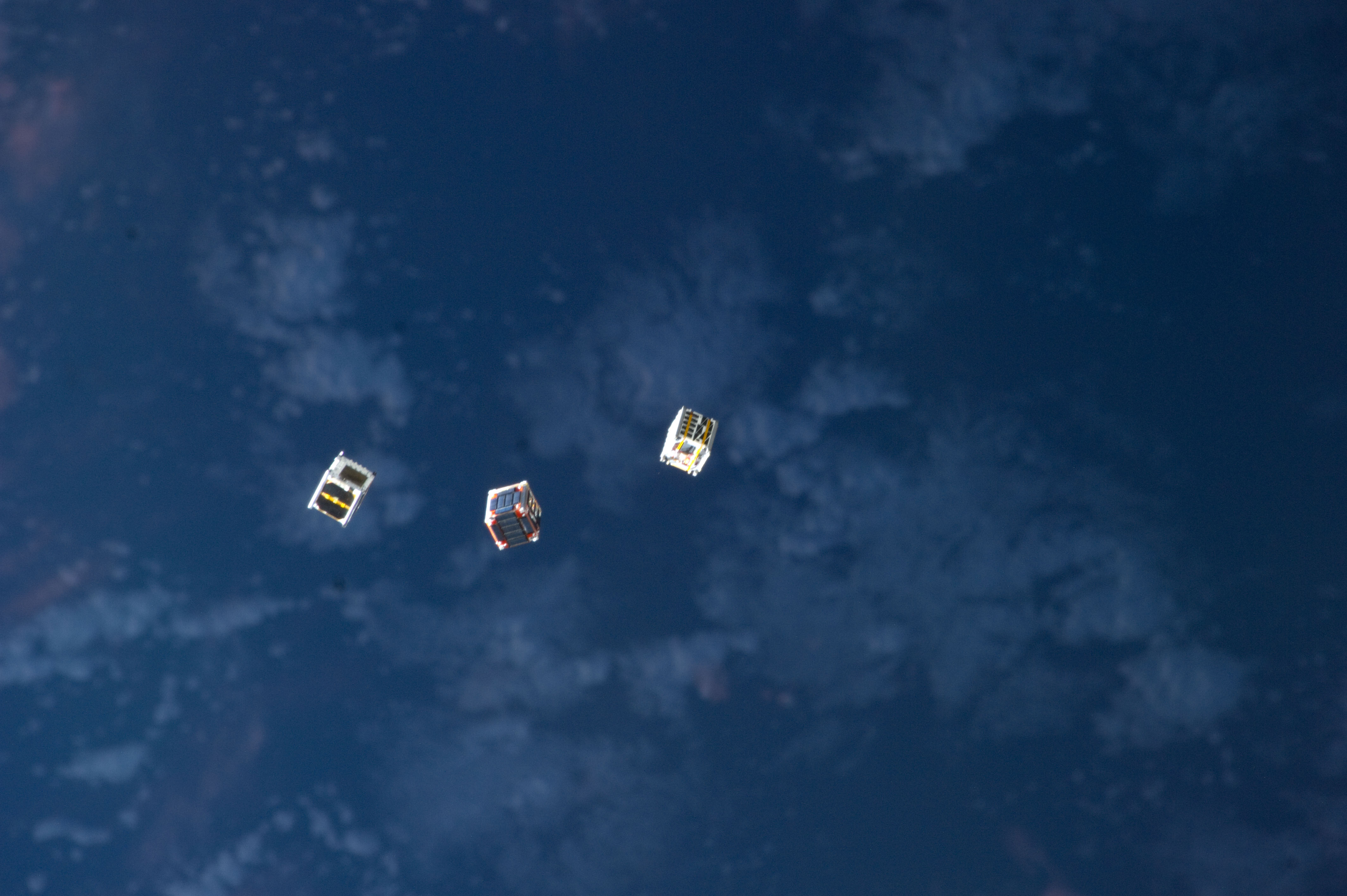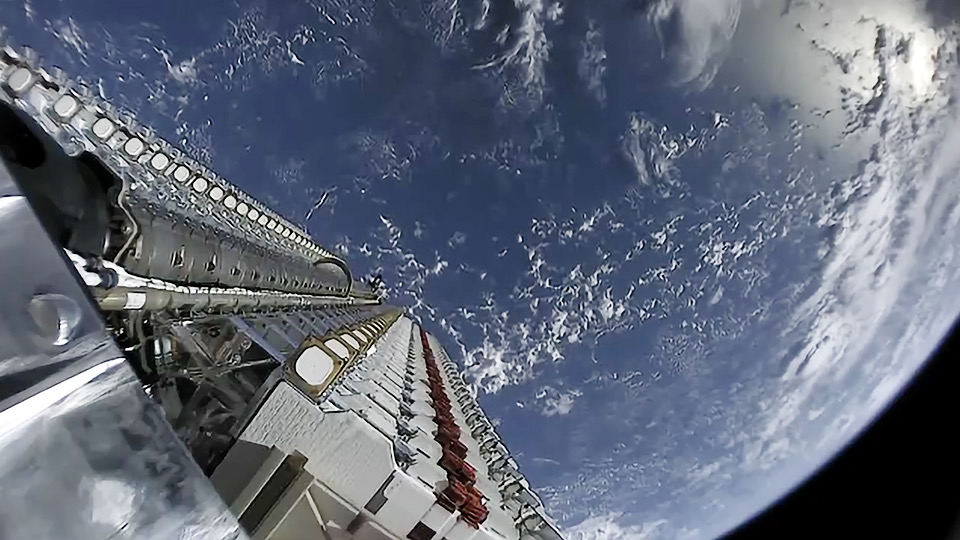Space exploration is driven by technology – sometimes literally in the case of propulsion technologies. Solar sails are one of those propulsion technologies that has been getting a lot of attention lately. They have some obvious advantages, such as not requiring fuel, and their ability to last almost indefinitely. But they have some disadvantages too, not the least of which is how difficult they are to deploy in space. Now, a team from NASA’s Langley Research Center has developed a novel time of composite boom that they believe can help solve that weakness of solar sails, and they have a technology demonstration mission coming up next year to prove it.
Continue reading “NASA is Testing out new Composite Materials for Building Lightweight Solar Sail Supports”Teeny Tiny Space Telescope has Taken Thousands of Pictures of Both Earth and Space
A new nanosat has been quietly snapping over 4500 pictures of the Earth and the sky after its launch on May 15th. Rocketed into orbit on a Falcon 9, the nanosat, known as GEOStare2, actually contains two different telescopes – one focuses on a wide field of view while the other has a much narrower field of view but much higher resolution. Together they aim to provide data on Earth, the stars, and the network of satellites in between.
Continue reading “Teeny Tiny Space Telescope has Taken Thousands of Pictures of Both Earth and Space”Teeny Tiny CubeSats Could Have Deployable Mirrors Like James Webb
When you think of a space telescope, you probably think of ones such as the Hubble, which probes deep space using precision optics. But optical space telescopes are also pointed at Earth, giving us detailed views of everything from weather, to traffic patterns, to the movement of military troops. While Earth-focused telescopes are extremely useful, they can also be fairly large and expensive to launch into space. But that could change with a new proposed design for cube satellites.
Continue reading “Teeny Tiny CubeSats Could Have Deployable Mirrors Like James Webb”This is Currently the World’s Largest Iceberg
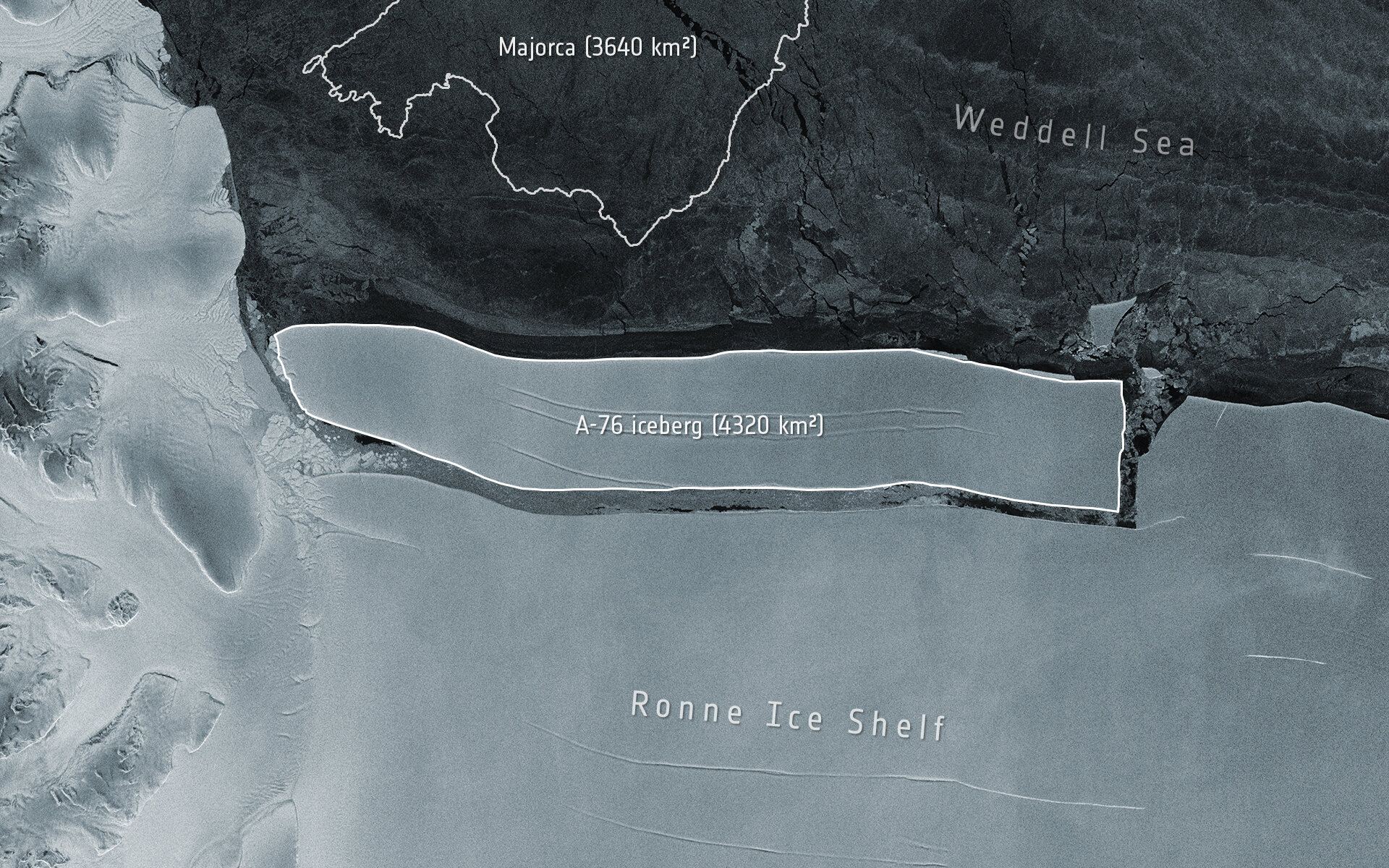
A gigantic chunk of ice recently broke off from an ice shelf in Antarctica, and is currently the world’s largest iceberg. The iceberg, dubbed A-76, measures around 4,320 square km (1,670 square miles) in size. At 170 km (106 miles) in length and 25 km (15 miles) wide, the iceberg is slightly larger than the Spanish island of Majorca, and bigger than the state of Rhode Island in the US.
A-76 was captured in the above image by ESA’s Copernicus Sentinel-1 satellite. Below is an animation of the iceberg calving off the Ronne Ice Shelf.
Continue reading “This is Currently the World’s Largest Iceberg”A Solution to Space Junk: Satellites Made of Mushrooms?
According to the latest numbers from the ESA’s Space Debris Office (SDO), there are roughly 6,900 artificial satellites in orbit. The situation is going to become exponentially crowded in the coming years, thanks to the many telecommunications, internet, and small satellites that are expected to be launched. This creates all kinds of worries for collision risks and space debris, not to mention environmental concerns.
For this reason, engineers, designers, and satellite manufacturers are looking for ways to redesign their satellites. Enter Max Justice, a cybersecurity expert, former Marine, and “Cyber Farmer” who spent many years working in the space industry. Currently, he is working towards a new type of satellite that is made out of mycelium fibers. This tough, heat-resistant, and environmentally friendly material could trigger a revolution in the booming satellite industry.
Continue reading “A Solution to Space Junk: Satellites Made of Mushrooms?”Starlink and OneWeb Have Their First Avoidance Maneuver With Each Other’s Constellations
Two companies, OneWeb and SpaceX, are racing to put fleets of thousands of communication satellites into orbit. In March they had their first near-miss. Avoidance maneuvers were successful, but how many more close calls will they face in the future?
Continue reading “Starlink and OneWeb Have Their First Avoidance Maneuver With Each Other’s Constellations”Earth’s Atmosphere Can Generate a “Space Hurricane”
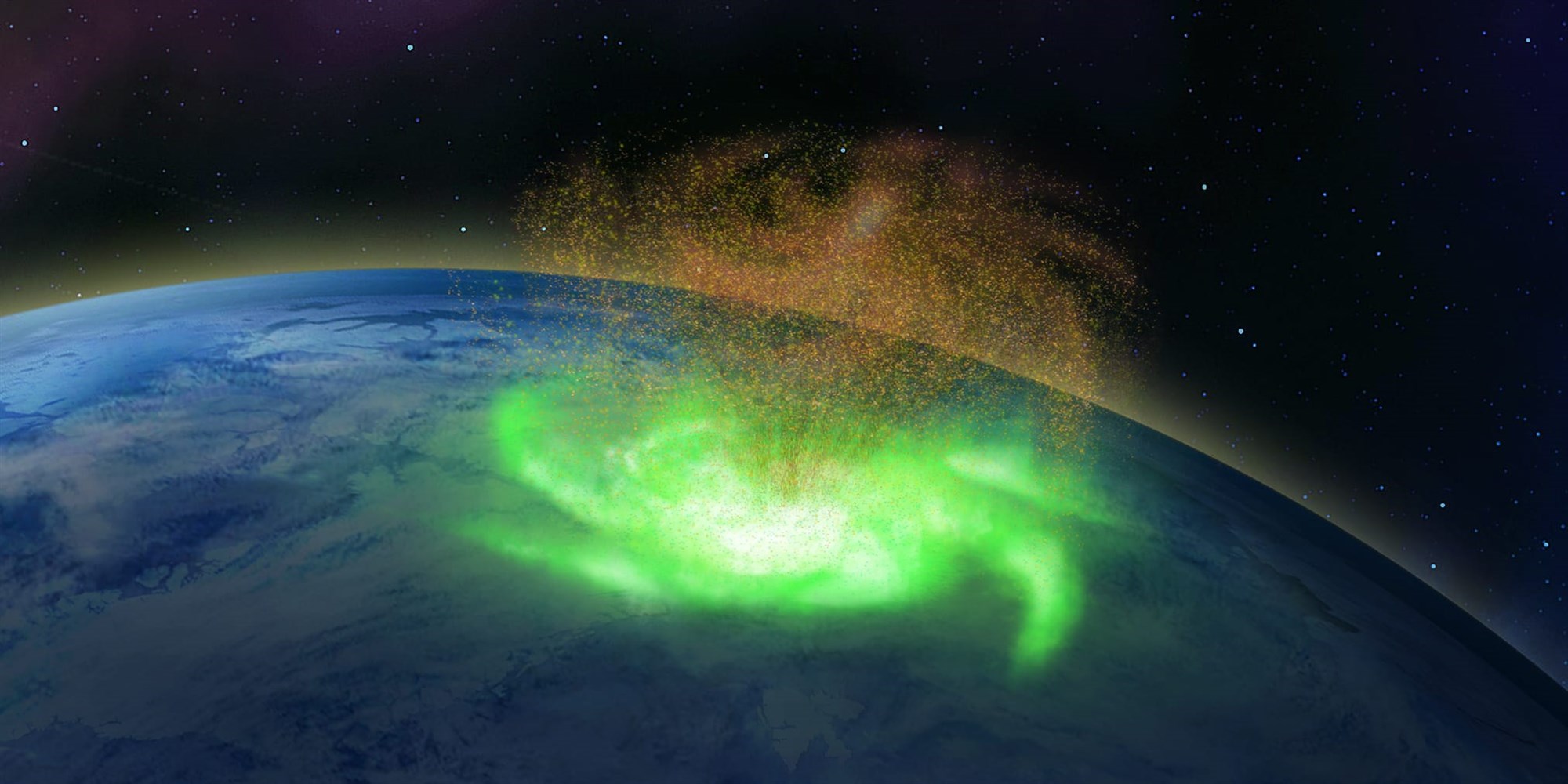
There are hurricanes in space.
Researchers looking through archival data found evidence of a previously unobserved phenomenon — a giant swirling mass of plasma above Earth’s northern polar region. The “space hurricane,” as the science team calls it, churned for hours, raining down electrons instead of water.
Continue reading “Earth’s Atmosphere Can Generate a “Space Hurricane””A new Method to Capture High-Resolution Images of Space Debris
“You can’t hit what you can’t see” is a common phrase in sports and was originally derived to describe baseball pitcher Walter Johnson’s fastball. But the same goes for things with a more serious spin, such as some of the millions of pieces of debris floating in Low Earth Orbit (LEO). Now, a team of researchers have come up with a new imaging system that will allow agencies and governments to closely track some of the debris that is cluttering LEO and potentially endangering humanity’s future expansion to the stars.
Continue reading “A new Method to Capture High-Resolution Images of Space Debris”How Long Will Space Junk Take to Burn Up? Here’s a Handy Chart
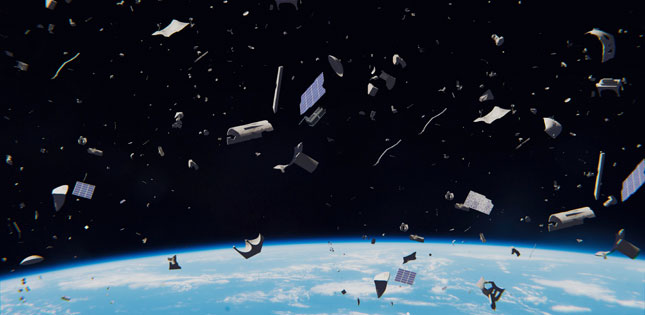
If the Roman Empire had been able to launch a satellite in a relatively high Low Earth Orbit – say about 1,200 km (750 miles) in altitude – only now would that satellite be close to falling back to Earth. And if the dinosaurs had launched a satellite into the furthest geostationary orbit – 36,000 km (23,000 miles) or higher — it might still be up there today.
Continue reading “How Long Will Space Junk Take to Burn Up? Here’s a Handy Chart”Virgin Orbit Successfully Launches a Batch of Satellites From an Airplane
On Sunday, January 17th, Virgin Orbit conducted the second launch test of its LauncherOne rocket, which the company will use to deploy small satellites to orbit in the coming years. The mission (Launch Demo 2) went smoothly and validated the company’s delivery system, which consists of the rocket air launching from a repurposed 747-400 (named Cosmic Girl).
It also involved the successful deployment of 10 CubeSats which were selected by NASA’s Launch Services Program (LSP) as part of the agency’s CubeSat Launch Initiative (CSLI). The event began when Cosmic Girl took off from the Mojave Air and Space Port at approximately 10:50 A.M. PST (01:50 P.M. EST) and flew to a location about 80 km (50 mi) south of the Channel Islands in the Pacific Ocean.
Continue reading “Virgin Orbit Successfully Launches a Batch of Satellites From an Airplane”
